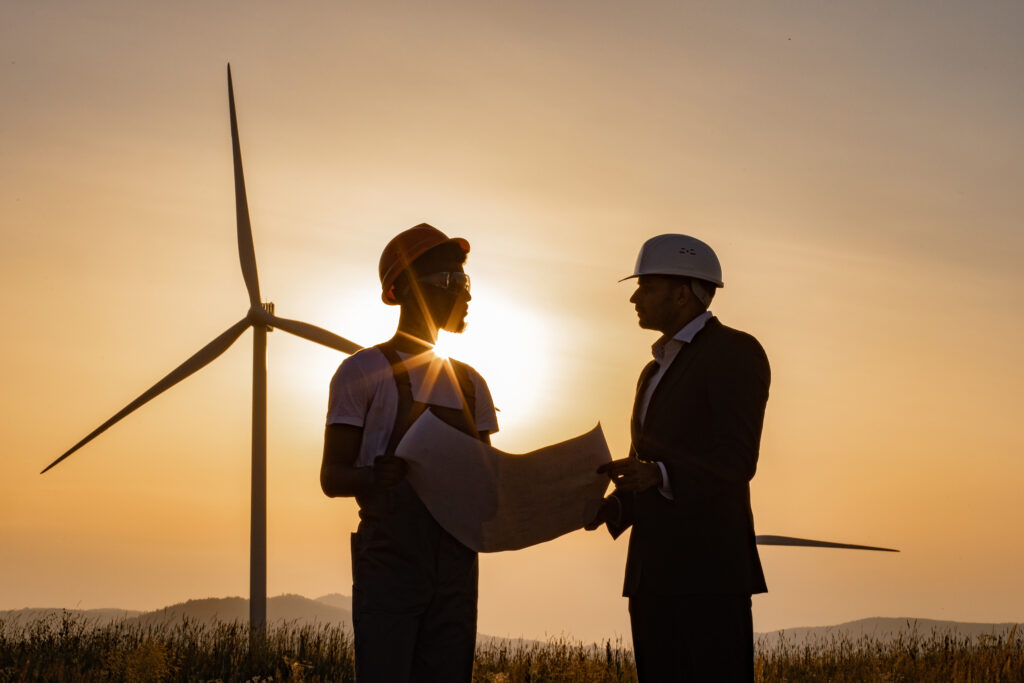I visited Jakarta recently—and I saw cranes everywhere: a surge in construction. Projects picking up signal the local economy’s turnaround. But what’s the deeper buzz? ASEAN’s pivot to green infra. Here’s the story unfolding across Southeast Asia: the region is moving toward a different kind of growth—one anchored in built assets, energy transitions, and deeper regional connectivity.
Foreign direct investment and project pipelines remain large, underlining sustained capital flows into infrastructure and industry across ASEAN. At the same time, regional forecasts point to continued, if modest, GDP growth that still leaves space for productive investment in transport, logistics and industrial capacity.
What’s new is how sustainability and resilience are being folded into that equation. Investment into clean energy and regional grid planning is gaining momentum—a push that will reroute a lot of future infrastructure spending toward low-carbon projects.
Put together, these shifts—capital + connectivity + clean energy—imply that the region’s next phase of value creation will be built as much in concrete and ports as in policy and finance. That matters for anyone making long-term investment, industrial or urban decisions across ASEAN.
What practical signals would you add to this list? Where are you seeing the biggest shifts on the ground? Here are three I’m tracking—tangible markers of this pivot in action:
- ASEAN Power Grid Milestones: Laos-Vietnam interconnections went live in Q3 2025, enabling the region’s first cross-border renewable trades (e.g., 100 MW solar from Laos). This isn’t just wiring—it’s a $300B grid investment signal by 2035, already boosting Mekong industrial capacity by 10-15% in pilots. Watch for rural electrification ripple effects.
- SEACEF II Disbursements: Clime Capital’s fund poured $150M into Q2 2025 solar/wind projects in Vietnam and the Philippines, with 20% linked to green export logistics at ports. The shift? Blended finance slashing costs by 30%, drawing 25% more FDI to Thailand’s Eastern Corridor for sustainable manufacturing. Supply chains are going green, fast.
- MPAC 2025 Digital-Physical Hybrids: August updates greenlit 15 cross-border projects, like Indonesia-Singapore rail feasibility tied to 5G logistics. $1.2B in private smart-port commitments (Malaysia/Indonesia) are creating 50K jobs this year. Urban resilience is the winner—think AI-flood-proofing in Jakarta post-2024.
These are the boots-on-the-ground tells. What’s yours?
Candice Lim






